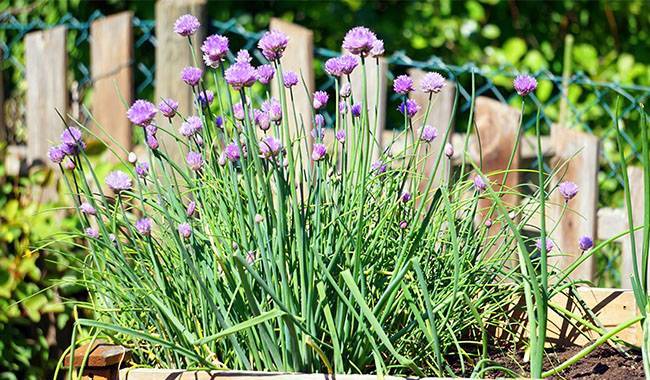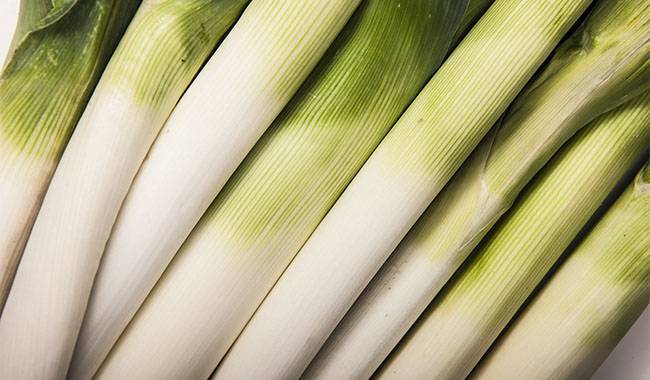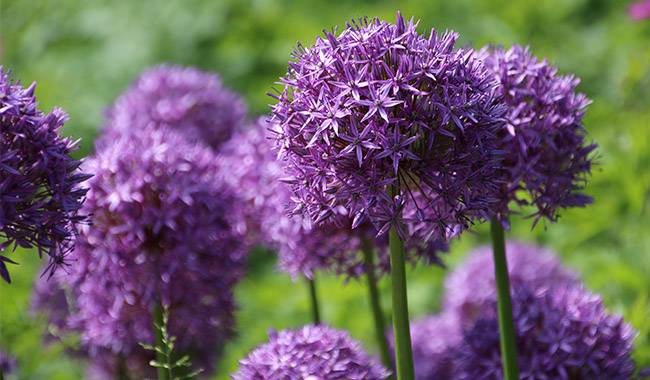
Along with celery, leeks are considered the main stem vegetable. It is more difficult to grow than regular onions in areas with harsh winters. Here leeks are grown through leek seedlings, as this is the only way to ensure a normal length of vegetative period before cold weather arrives.
And even if you have to trim transplants, leeks are one of the least demanding plants in the seedling stage. And sowing these wonderful pearly onions is not complicated. We will talk about the details of growing young leek seedlings in the article.
ADVANTAGES OF GROWING LEEKS BY THE SPROUTING METHOD
What most often discourages gardeners and gardeners from this crop is the need to grow leeks through sprouts. Its vegetation reaches maturity in almost half a year, which allows you to sow in the open ground only in the mild winter months.
But the cultivation of young leek seedlings can not be called complicated. And in fact, the sprouting method of cultivation has many advantages for this crop. The plants are already strong by the time they reach the bed, develop quickly, adapt well, and go through a full development cycle to build up thicker and more massive stems. And germinating leeks are always more productive.
The germination period of leek seeds is very long: 30-32 months (these numbers gradually decrease). However, in the first year, 100% seed germination can be achieved.
SEED PRE-TREATMENT
When selecting leek seeds, several points should be noted.
- the length of the growing season (early, medium, and late maturity).
- recommended growing techniques.
- flavor quality.
- purpose.
- reliability of the producer.
The seed size of leeks is always highly variable. Before sowing, it is worth calibrating the seeds if they are not uniform.
There are various ways to soak and treat the seeds, and it is best to use the manufacturer’s recommendations as a guide. To speed up the process to the maximum, seeds are germinated when sown late. To do this, they are spread out on a damp cloth or napkin and allowed to swell and “germinate” in a very warm place for a few days (about 3 days).
However, if you do not have time or sow the seeds earlier, a simple soaking in warm water or a weak growth factor solution for 12-24 hours before sowing is sufficient.
CHOICE OF CONTAINER AND SUBSTRATE
It is best to grow in individual cups or peat pellets, in extreme cases in boxes or with great spacing. Growing in common containers requires great care when picking.
For leeks, two factors are important.
- depth of the container (strong-rooted leeks are already established at the seedling stage, so it is best to provide a container at least 4inch (10cm) deep).
- Drainage holes: Leeks do not tolerate standing water and do not tolerate waterlogged soil.
Any nutrient-rich universal substrate for sprouts is suitable for leeks. It is not necessary to decontaminate the soil, although this procedure can reduce the risk of seedling loss in the event of watering errors.
SOWING SEEDLINGS FOR LEEKS
Start sowing leeks even at the end of winter – from the end of January to the whole month of February – provided that additional light can be provided for the seedlings. Without compensating additionally for short daylight hours, sowing is best delayed until the first week of March. If leeks are sown in a greenhouse or greenhouse, you can wait until April.
The sowing of seedlings of leeks is inherently standard:
- Fill the container with substrate and lightly moisten it with a sprayer.
- Sprinkle seeds on the soil surface: 1-2 seeds per compartment, or at a sufficient distance for safe picking: at least 0.8-1.2inch (2-3cm).
- Cover the seeds with a layer of sand or sieved substrate of 5-10 mm thickness.
- Lightly spray the seeds with a sprayer.
- Cover the container with film or glass.
The temperature before seedling emergence should be maintained between 71-75°F (22-24°C). Lower heating is welcome. Once sprouting occurs, the heating temperature should be lowered to 60-54°F (16-18°C) for about a week: lower it again at night by 39-42°F (4-6°C).
Later in the season, leeks will grow well at normal room temperature during the day, lowering to 53-59°F (12-15°C) at night. For leeks, choose the brightest spot immediately or arrange for additional lighting.
Young leek seedlings usually wait 2 to 3 weeks. If sown in regular containers, leek seedlings can be cured 1 month after the first sprout. For this reason, they are dug with a large reserve of soil that does not expose the roots.

SEEDLING CARE
During the entire seedling cultivation period (from sprouting), the light should be at least 10 hours, preferably 11-12 hours.
Water leeks germination gently, avoiding strong currents and allowing only the surface of the substrate to dry. It is worth regularly spreading soil to the base of the seedling’s “legs” to strengthen the stems. You can do without them until they are planted in the soil.
For leeks, the only means of forming thick stems, other than maceration, is to limit the growth of the upper leaves. You can shorten the tops slightly, or you can use the very popular method of pruning leek seedlings to a height of 4inch (10cm) every 2 weeks.
SOWING LEEKS INTO THE SOIL
Leek seedlings should only be planted in the open ground after they are no longer in danger of a heavy night frost. Leeks are usually planted from the third decade of May and in greenhouses from the beginning of the month.
Leeks are ready for planting when their stems are 1 mm thick: preferably 4.8-6inch (12-15 cm) tall and have at least 3 full leaves at about 60 days of leafage.
Choosing a site for leeks is a simple matter. Leeks like sunlight, are not hardy and prefer good quality, fertile soil. The soil should be permeable and well-drained, and the site should be level, without the slightest danger of standing water or moisture. Soil reaction should be kept close to neutral.
The soil should be tilled deeply from autumn onwards. Ideal leeks are considered loamy and sandy loam soils, generously enriched with organic fertilizers (this culture is particularly responsive to manure). Mineral fertilizers are acceptable, but only on very poor soils.
The standard rate of soil improvement for this crop is about 5 kg of manure or other cooked organic matter and 50 g of complete mineral fertilizer per square meter of soil. Sawdust, wood chips, or coarse sand are desirable to improve the soil texture.
Leeks can be planted in the beds after legumes, root crops, tomatoes, cabbage, and no earlier than 3 years after any onions. Chives are suitable for mixed planting – with strawberries, salads, or favorite root vegetables.
Harden leek seedlings at least 2 weeks prior to planting. Leaves should be shortened – trim the ends slightly – before transferring to the soil, but this procedure can also be delayed for a few weeks.
Leeks should be planted in individual holes about 4.8inch (12cm) deep and 12cm wide, spaced 4-4.8inch (10-12cm) apart and 6-16inch (15-40cm) apart in rows. A small amount of mature organic fertilizer and some ash are added to the bottom of the planting hole.
Set the seedlings in a strictly vertical direction – so that the plants are firmly anchored in the soil. However, leave at least a few centimeters of stems for the lower leaves. Gradually tamp down the soil to fix the stems, but do not allow aeration. Finish the substrate after heavy watering.
CARE OF LEEK BEDS
Water leaks frequently to avoid wetness but make sure the soil moisture is stable to compensate for drought (up to 3 times a week in summer). Fertilize at least 2-3 times per season with organic, green, or full mineral fertilizer. For maximum yield, fertilize every 2 weeks, but this strategy can affect the utility of leeks.
Leeks tolerate weed competition only in the first month after planting. Loosening the soil is a must. As well as when starting mounding, pour the base on the roots of the legs to form bleached stems (one month after planting, up to 4-5 times per season).
The leaves of leeks can be periodically shortened by a third to encourage the thickening of the stems. Pruning is usually effective on weak or underdeveloped plants (if the “stems” are growing normally, perching is fine).




